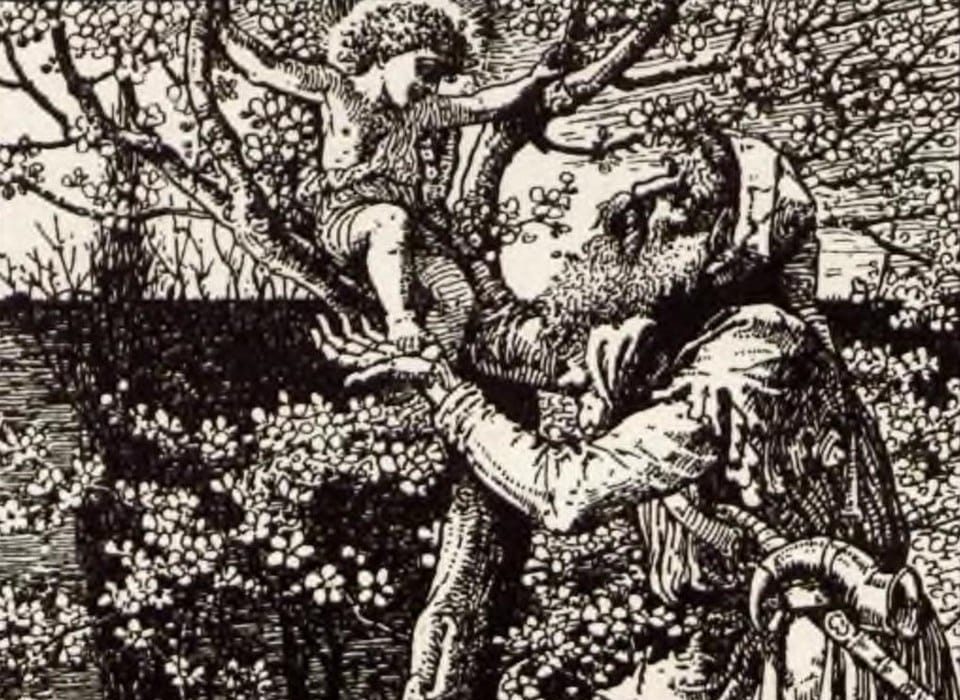Robert Louis Stevenson is a celebrated writer. His focus on action and suspense created many compelling dramas. These include Treasure Island, The Strange Case of Dr. Jekyll and Mr. Hyde, The Black Arrow, and Kidnapped. He is also known for his complex imagination and a distinctive writing style. In this post, we will analyze Stevenson’s writing style and contribution to fiction by analyzing how to write like Robert Louis Stevenson.
Settings and Characters
One notable aspect of Stevenson’s writing style is his ability to create richly detailed settings. These settings are often a larger part of the story, or reflect the characters in some way. For instance, the pirates flourish on the high seas in Treasure Island. And, in The Strange Case of Dr. Jekyll and Mr. Hyde, the characters reflect that fog-filled streets of a seedier side of Victorian England. Stevenson’s unique descriptive style bring these environs to life and give readers a window into his characters’ lives.
Stevenson’s characters are equally compelling, often embodying complex moral dilemmas and inner conflicts. From the enigmatic Dr. Jekyll and his sinister alter ego to the cunning Long John Silver, Stevenson’s characters are not simply archetypes but fully realized individuals with their own motivations and flaws. Through his characters, Stevenson explores themes of identity, morality, and the duality of human nature, inviting readers to ponder the depths of the human psyche.
Syntax and Diction
Stevenson has an interesting way of constructing sentences and choosing his words. For instance, “Stevenson’s sentence structure often reflects the pace and mood of his narratives.” As it is exemplified, Stevenson uses action to drive each sentence when their are exciting scenes. During Jim Hawkins’ fight with Israel Hands, the action is intense. Stevenson writes that Israel “threw himself forward,” and Jim “leapt sideways towards the bows.” Furthermore, he writes: “As I did so, I let go of the tiller, which sprang sharp to leeward, and I think this saved my life, for it struck Hands across the chest and stopped him, for the moment, dead.”
Meanwhile, during moments of reflection, Stevenson is capable of writing longer, more weighty ideas. At the end of Treasure Island, Jim states, “The bar silver and the arms still lie, for all that I know, where Flint buried them; and certainly they shall lie there for me. Oxen and wain-ropes would not bring me back again to that accursed island; and the worst dreams that ever I have are when I hear the surf booming about its coasts or start upright in bed with the sharp voice of Captain Flint still ringing in my ears: ‘Pieces of eight! Pieces of eight!’” (Stevenson). Here, Stevenson bounces around on ideas, but focuses on Jim’s psychological well-being.
Putting this Into Play
Stevenson was a committed writer and wrote a lot of different kinds of writings, from essays to short stories. He was remarkably efficient. In order to write in a similar style, one should consider taking into account what they are writing. If you writing an action scene, speed up the momentum and write quickly. Using polysyndeton, for instance, can create a sort of rhythmic urgency in your writing. Such a method moves your action along while keeping details straight ahead.
Another method to consider is building your characters up through characterization and then trimming the pacing to your liking. This particular method asks you to write convincing characters so readers are enthralled at their actions. If you have a believable character and short, robust sentences, punctuated with longer sentences and polysyndeton, then you have a good recipe for success. Stevenson’s action is enthralling because you care about Jim Hawkins and Long John Silver. They are both a well-rounded protagonist and antagonist. Therefore, you root for them (or curse them) and follow every movement with astuteness.
Conclusion
Overall, Stevenson’s writing style is characterized by its electric energy and varied storytelling. Thus, in order to write like Robert Louis Stevenson, you need to focus on the fundamentals: good characters and quick action. Without a doubt, his protean ability to change genres bolstered his appeal. As some sources state that he was, “established among the more discerning as a writer of originality and power … whose novels are either brilliant adventure stories … or original and impressive presentations of human action …” (Britannica). In other words, Stevenson left a huge mark on the literary world with his stories and essays, and will be remembered fondly as writer of excellent fiction.





Leave a comment